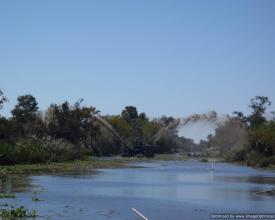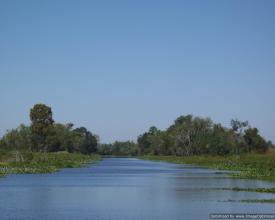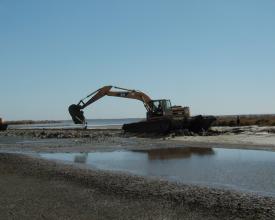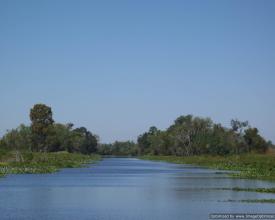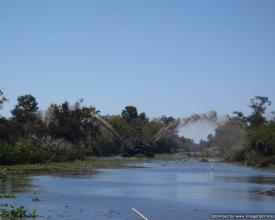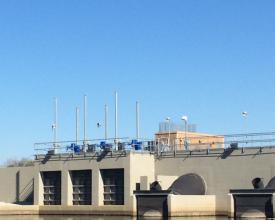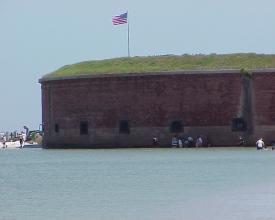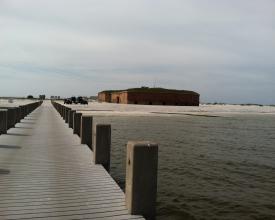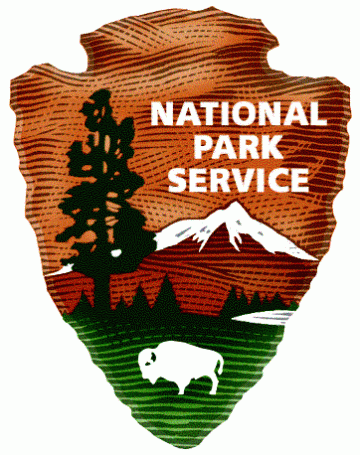
Restauration des zones humides et des îles-barrières pour la protection contre les tempêtes dans le nord du golfe du Mexique
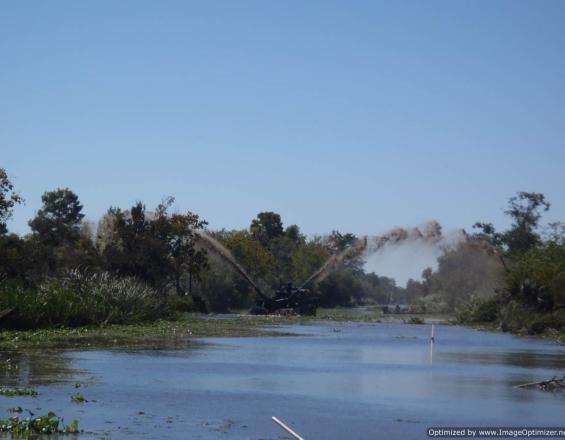
Contexte
Défis à relever
Emplacement
Traiter
Résumé du processus
Ces techniques de restauration et leurs résultats fonctionnent ensemble pour fournir un ensemble de lignes de défense multiples pour les communautés côtières contre les impacts du changement climatique, de l'élévation du niveau de la mer et des ondes de tempête. Chacune d'entre elles est utile en soi, mais combinées, elles créent une réduction des risques côtiers plus forte et plus résiliente. Il n'y a pas d'ordre particulier dans lequel ces blocs doivent être complétés. Par analogie, ils sont comme les membres d'une équipe, chacun ayant un rôle à jouer dans l'objectif global de protection des côtes et de réduction des risques de catastrophe.
Blocs de construction
Obturation d'anciens canaux
Facteurs favorables
Leçon apprise
Alimentation des marais en couches minces
Facteurs favorables
Leçon apprise
Utilisation des dérivations contrôlées de cours d'eau pour la restauration
Facteurs favorables
Leçon apprise
Restauration des îles-barrières pour la réduction des risques de catastrophe
Facteurs favorables
Leçon apprise
Impacts
Bénéficiaires
Histoire
La ville et l'agglomération de La Nouvelle-Orléans, en Louisiane, aux États-Unis, sont divisées par le fleuve Mississippi. Le quartier central des affaires, le quartier français historique et certaines des communautés suburbaines se trouvent à l'est, sur la rive est. Les autres communautés de la zone se trouvent sur la rive ouest. En 2005, l'ouragan Katrina a touché terre juste à l'est de la ville de la Nouvelle-Orléans. Les pertes humaines, principalement dues à la défaillance du système de protection contre les tempêtes, s'élèvent à près de 1 600 personnes dans la seule région métropolitaine de la Nouvelle-Orléans. Ces pertes en vies humaines se sont principalement produites sur la rive est. La rive ouest de la Nouvelle-Orléans n'a pas été inondée. La principale différence réside dans le fait que le système de protection contre les tempêtes des communautés de la rive ouest offre une protection supplémentaire grâce à des écosystèmes de marais et de marécages sains. Des recherches ont montré que les digues dotées d'une protection contre les marais et les marécages n'ont pas cédé lors de l'ouragan Katrina. Plus tard, en 2012, l'ouragan Issac, une tempête de catégorie 2 sur l'échelle de Saffir-Simpson, a également frappé la région métropolitaine de la Nouvelle-Orléans. Sept ans après Katrina, des projets de restauration ont été mis en place dans toute la région de la Nouvelle-Orléans, à l'instar de ce qui a été fait dans le PNHA Jean Lafitte, et aucune digue ne s'est rompue. Des marais restaurés plus sains, des canaux comblés, des marécages restaurés ont fourni une protection suffisante au système de protection contre les tempêtes pour épargner les inondations à toutes ces communautés.
